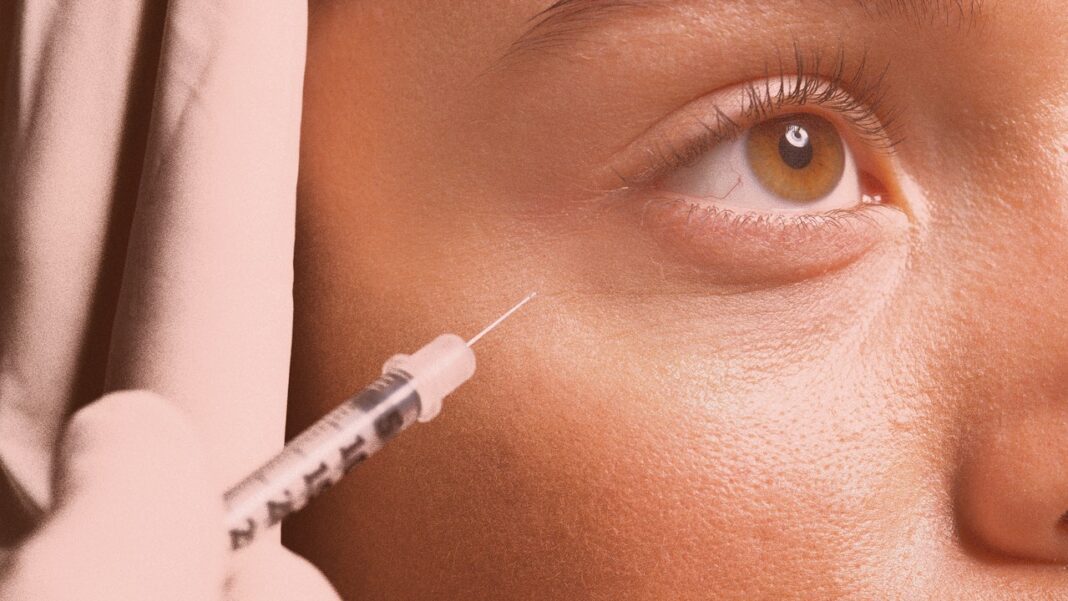Dr. Marchbein also points to the rise of medspas as a possible reason for an uptick in Botox resistance. She explains that patients may be receiving “cookie cutter” dosing—as in, a set number of units that does not account for the individual’s unique muscle movement or facial anatomy. She explains that in her experience, medspas tend to inject fewer units, which enables them to offer a lower price for services—and prompts clients to return for more injections, more often. As someone who has visited medspas over the years, I can’t help but wonder if this, too, contributed to my own experience. In any case, Dr. Marchbein stresses the importance of making sure that you seek out a highly qualified injector and to “really stick to that three month mark, don’t do it sooner”—even if you’re starting to see more movement than you’d like.
There may also be a correlation between the COVID-19 vaccine and the effectiveness of Botox—but before we say another word about it, let’s be clear that this is not a reason not to get vaccinated. In 2022, a small study of 45 patients found that muscle movement resumed about two weeks sooner among those who had gotten the COVID-19 vaccine versus those who had not yet received the vaccine. In another case, a patient under observation received Botox after getting the vaccine. Though the patient had been receiving Botox injections successfully for five years, this time, she reported a lack of response. This case suggests that the introduction of foreign proteins via the vaccine (intended to help the body build an immune response against the virus) may have led to the development of neutralizing antibodies. But one case is far (extremely far) from a study from which we can draw conclusions.
What can you do to prevent Botox resistance?
If you’re finding that you’re not responding to neuromodulators as well as you used to, there are a few tactics you can try.
Visit a highly experienced injector
The expertise of your injector plays a key role in how your muscles respond to any neurotoxin, since they’re the ones who determine placement and dosing. It’s also important to choose an injector who will be able to see you for a followup about two weeks after the initial appointment to make sure you’ve received the correct number of units to achieve your desired result, explains Dr. Marchbein. After assessing how your neuromodulator has settled, they can add a little more here or there “to make sure that you’re optimally treated for the next three months,” she says.
Switch up your neuromodulator
You can also consider trying a different brand than you’d used before. Each of the five FDA-approved botulinum toxins have slightly different formulations with varying proteins, and you can become resistant to any one of them, explains Dr. Murphy. Out of all of them, Xeomin has the least amount of proteins, therefore the least opportunity for potential resistance, he says.
Allow your toxin to run its course
After your initial appointment and touchup, you should not be back in your injector’s chair before three months. And if you can wait longer, that’s even better. “Give your muscles a chance to allow movement to come back before getting injected again,” says Shereene Idriss, MD, a board-certified dermatologist in New York City.


